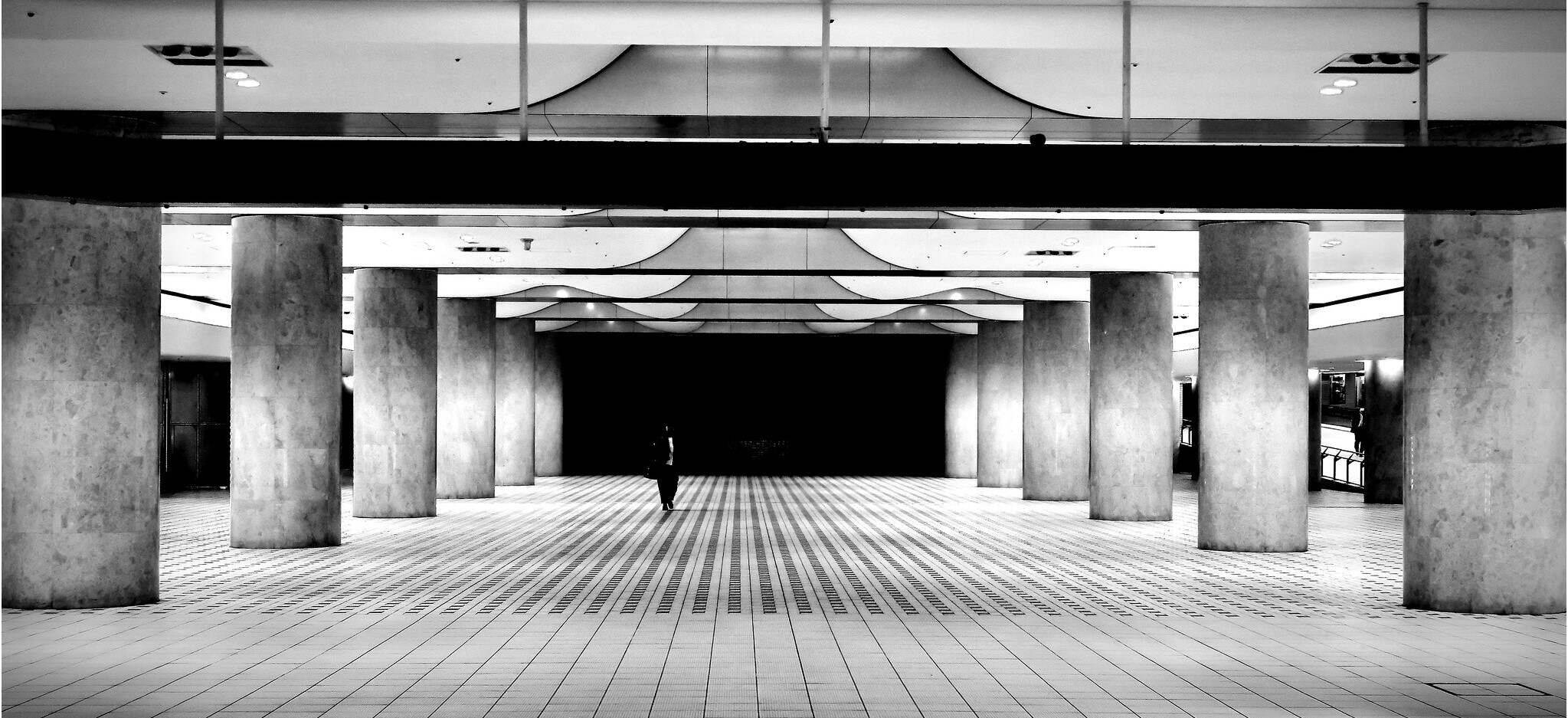Day 1: Arrival and Exploring Higashi Chaya District
Morning:
- Arrival in Kanazawa: Arrive in Kanazawa via train (Hokuriku Shinkansen) from Tokyo, Osaka, or Kyoto. Check into your accommodation and freshen up.
- Visit Kanazawa Station: Admire the Tsuzumi Gate and Motenashi Dome at the station, iconic symbols of Kanazawa.
Afternoon:
- Higashi Chaya District: Head to Higashi Chaya, one of Kanazawa’s historic geisha districts. Wander through the narrow streets lined with preserved wooden teahouses.
- Shima Teahouse: Visit Shima Teahouse, a traditional geisha house turned museum, to get a glimpse of the geisha culture.
- Gold Leaf Experience: Try your hand at gold leaf decoration, a craft for which Kanazawa is famous.
Evening:
- Dinner: Enjoy Kanazawa’s local cuisine at a traditional restaurant. Try dishes like Jibuni (duck stew) and fresh seafood.
Day 2: Cultural Immersion and Gardens
Morning:
- Kenroku-en Garden: Start your day early at Kenroku-en, one of Japan’s Three Great Gardens. Explore the beautifully landscaped gardens, ponds, and seasonal flora.
- Kanazawa Castle: Adjacent to Kenroku-en, visit Kanazawa Castle and its expansive grounds. Don’t miss the Ishikawa-mon Gate and the reconstructed castle buildings.
Afternoon:
- Nagamachi Samurai District: Walk through Nagamachi, the former samurai district. Visit Nomura-ke, a restored samurai residence with a beautiful garden.
- Seisonkaku Villa: Visit Seisonkaku, a villa built by a Maeda lord for his mother. It’s a blend of traditional Japanese and Western architecture.
Evening:
- Omicho Market: Explore Omicho Market, known as “Kanazawa’s Kitchen.” Enjoy fresh seafood and other local delicacies at the market’s eateries.
Day 3: Art and Modern Kanazawa
Morning:
- 21st Century Museum of Contemporary Art: Visit this innovative museum known for its modern architecture and interactive exhibits. Don’t miss Leandro Erlich’s “Swimming Pool” installation.
Afternoon:
- DT Suzuki Museum: Dedicated to the famous Buddhist philosopher D.T. Suzuki, this museum offers a serene environment for reflection with its minimalist design and tranquil water features.
- Nishi Chaya District: Explore another traditional teahouse district. Though quieter than Higashi Chaya, it offers a more intimate look at Kanazawa’s historic culture.
Evening:
- Kanazawa Noh Museum: Learn about Noh theater, a traditional Japanese performing art. The museum offers insights into costumes, masks, and the history of Noh in Kanazawa.
Day 4: Temples and Departure
Morning:
- Myoryuji Temple (Ninja Temple): Visit Myoryuji, also known as Ninja Temple. Despite its name, it was not used by ninjas but is full of secret doors, hidden passages, and traps.
- D.T. Suzuki Museum: For a peaceful morning, revisit the D.T. Suzuki Museum to soak in the tranquility and reflect on your Kanazawa journey.
Afternoon:
- Kazuemachi Chaya District: Stroll through Kazuemachi, a lesser-known geisha district along the Asano River. It’s picturesque and offers a quieter experience.
- Kanazawa Yasue Gold Leaf Museum: Learn more about Kanazawa’s gold leaf production, a craft deeply intertwined with the city’s history.
Evening:
- Last-minute Shopping: Head back to Kanazawa Station and explore the souvenir shops for unique gifts like gold leaf crafts and traditional sweets.
Departure: Take your train back to your next destination, concluding your enriching Kanazawa journey.
Additional Tips:
- Getting Around: Kanazawa is easily navigable by public transport, with a comprehensive bus network. The Kanazawa Loop Bus is convenient for tourists.
- Local Cuisine to Try: Don’t miss kaiseki (traditional multi-course meal), Kaga ryori (local cuisine), and fresh seafood from the Sea of Japan.
- Weather Considerations: Kanazawa experiences heavy snowfall in winter, so plan accordingly with appropriate clothing.





















